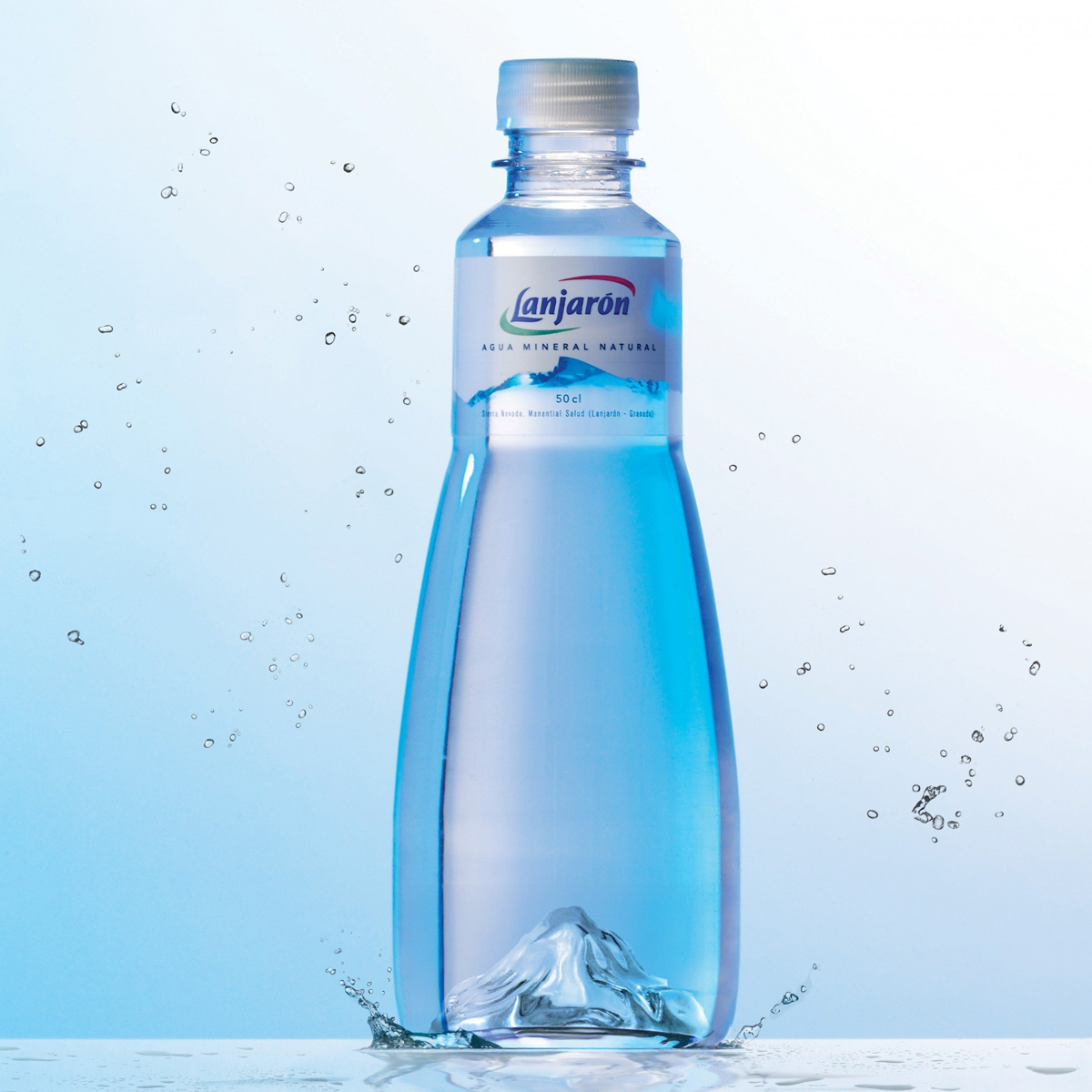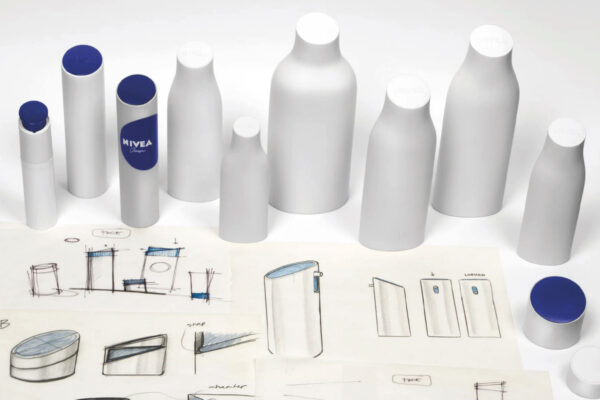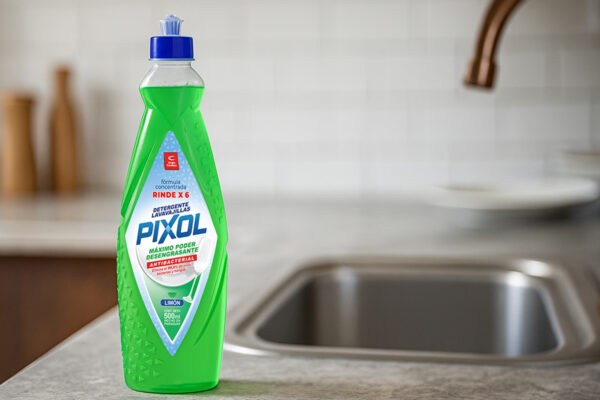When Packaging Shape Speaks Louder Than Words

Structural packaging design goes beyond function, shaping brand identity, recognition, and emotional connection with consumers.
Packaging designers hold an underutilized superpower in our hyperaccelerated consumer landscape, where countless products wage silent battles for attention within split seconds of shelf exposure. While the engineering community has mastered the technical aspects of containment, protection, and manufacturing efficiency, there exists a more intimate dimension of structural design—one that transforms ordinary containers into psychological triggers of desire and recognition.
You can also read: The Art of Undressing: How Naked Packaging Unveils Sustainability.
Distinctive brand assets emerge from marketing science as sensory elements that whisper brand identity without uttering a word. For brand owners, this represents a strategic opportunity: creating structures that function as silent brand ambassadors, building what researchers call mental availability through form alone.
The Intimate Psychology of Recognition
The human brain craves patterns with an almost desperate hunger, processing visual information in milliseconds while searching for familiar structural signatures. When consumers encounter packaging, their cognitive system performs an elegant dance of recognition, seeking those structural cues that signal belonging and trust. This neurological ballet operates in the shadows of consciousness, making structural design a seductive force in purchasing behavior.
Form carries emotional weight. Curved structures embrace us with warmth and approachability, while angular geometries command respect through precision and authority. Vertical elements reach toward aspiration and premium experiences, whereas horizontal orientations invite us into everyday comfort. These aren’t mere design conventions—they’re universal languages written in three-dimensional poetry.
The most captivating packaging structures intimately understand this emotional vocabulary. Coca-Cola’s contoured silhouette doesn’t simply contain cola; it embodies refreshment. Toblerone’s triangular prism doesn’t merely house chocolate; it channels the majestic Swiss Alps into every purchase decision.
Crafting Memory Through Form
Mental availability represents the probability that consumers will think of a brand during category consideration. Structural design enhances this psychological accessibility by creating distinctive visual cues that facilitate instant brand recall. When packaging shape achieves deep brand association, it transcends its physical boundaries to become a three-dimensional beacon of recognition.

The Nivea bottle’s rounded contours and embossed circular lid directly reference the classic blue tin, creating a cohesive design language that spans from heritage packaging to modern skincare formats. This structural consistency enables instant brand identification across 200+ countries. Design by fuseproject.
This explains the consistency certain brands maintain across their structural vocabulary. POM Wonderful’s pomegranate-shaped bottle preserves its distinctive bulbous geometry across different juice varieties, creating a unifying structural language that strengthens brand recognition. Method’s teardrop-shaped dispensers didn’t simply enter the cleaning category—they seduced it, transforming utilitarian necessities into objects of aesthetic desire.
The Strategic Art of Meaningful Design
For packaging designers and engineers, integrating distinctive structural elements requires balancing multiple technical and commercial considerations. Manufacturing realities, material efficiency, and functional demands must harmonize with brand differentiation aspirations. The mastery lies in discovering structural features that can be authentically applied across product ecosystems while remaining economically elegant.
The most powerful structural branding often emerges from solving functional challenges with unexpected grace. Innovation doesn’t always demand revolutionary forms—sometimes it requires approaching familiar problems with fresh structural wisdom. This philosophy ensures that distinctive elements serve practical purposes while quietly building brand equity.

The Pixol bottle’s blow-molded PET bottle integrates functional grip zones with distinctive geometric detailing that communicates power and efficiency. Technical precision in the structural design ensures optimal manufacturing while creating a unique silhouette that differentiates from traditional cleaning product aesthetics. Design by Tridimage.
Designing the Future of Recognition
As markets reach saturation, the ability to create structurally distinctive packaging becomes more than competitive advantage—it becomes survival. For engineers and designers, this represents an evolution from purely functional thinking toward brand building through form. The most compelling packaging structures achieve that delicate alchemy: solving technical challenges while creating emotional connections that transcend mere utility.
The future belongs to those who understand that every curve whispers brand values, every angle communicates positioning, and every proportion builds relationship. In a world where purchasing decisions happen in seconds, structural design becomes the silent communicator that determines whether products are noticed, remembered, and ultimately chosen.
Written by Hernán Braberman – Creative Director, Tridimage
